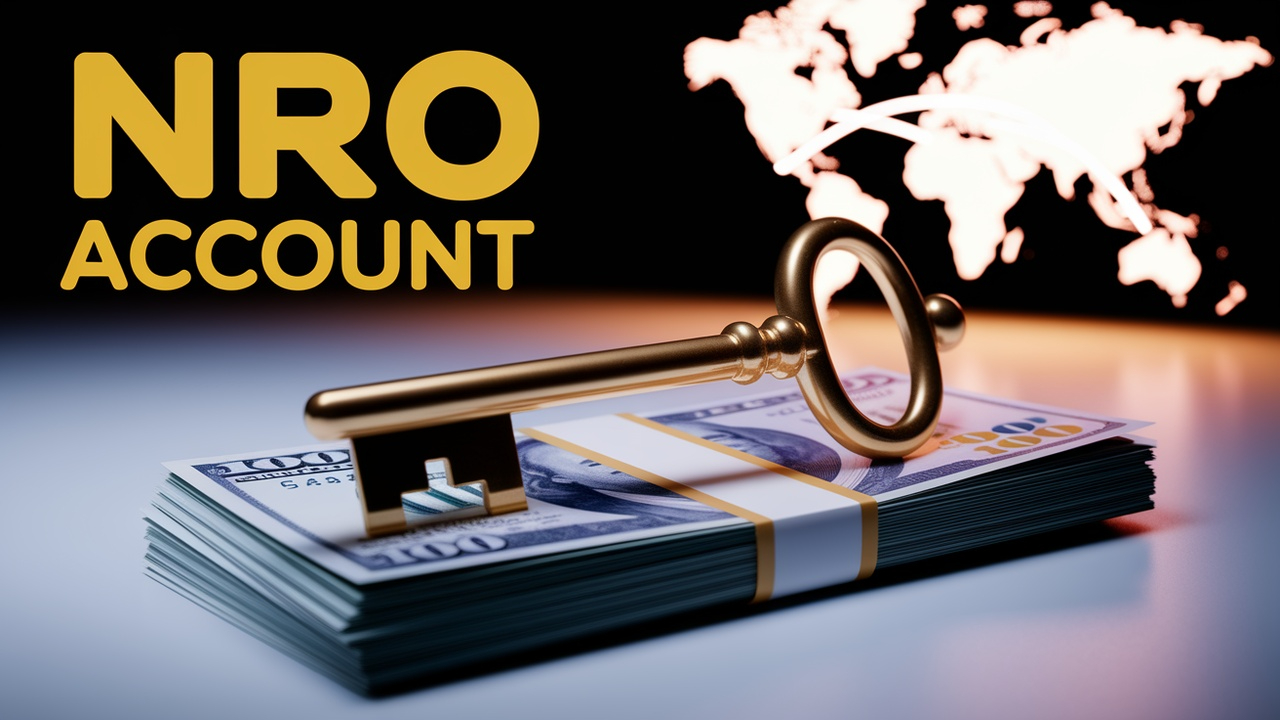FRN Full Form-Floating Rate Note
by Shashi Gaherwar
0 2145
Introduction
In the realm of fixed-income securities, Floating Rate Notes (FRNs) provide a dynamic investment option with interest payments that adjust based on prevailing market rates. Unlike fixed-rate bonds, which offer a constant interest rate, FRNs feature variable rates that adapt to market conditions. This article delves into the features, benefits, risks, and investment considerations of FRNs.

What is a Floating Rate Note (FRN)?
A Floating Rate Note (FRN) is a type of bond or debt security with an interest rate that is periodically adjusted based on a benchmark rate, such as LIBOR (London Interbank Offered Rate), SOFR (Secured Overnight Financing Rate), or Treasury Bill rates.
Key Features of FRNs
- Variable Interest Rate: Interest payments fluctuate according to a reference rate plus a spread.
- Periodic Rate Adjustments: Interest rates are reset at regular intervals, typically every 3 or 6 months.
- Issued by Governments & Corporations: FRNs are issued by government agencies, financial institutions, and corporations.
- Lower Price Volatility: Due to their adjustable rates, FRNs are less sensitive to interest rate changes compared to fixed-rate bonds.
How Floating Rate Notes Work
FRNs typically follow this formula:
FRN Coupon Rate = Benchmark Rate + Spread
Where:
- Benchmark Rate: The reference interest rate (e.g., SOFR, LIBOR, Treasury Yield).
- Spread: An additional fixed percentage added to compensate for risk.
The interest payment adjusts periodically based on the new benchmark rate. For example, if a 5-year FRN is tied to the 3-month SOFR with a 1.5% spread, and the SOFR is 2.0%, the new interest rate for that period will be 3.5% (2.0% + 1.5%).
Benefits of Investing in Floating Rate Notes
- Protection Against Interest Rate Risk: FRNs are ideal for investors looking to hedge against rising interest rates since coupon payments adjust with market conditions.
- Lower Price Volatility: Unlike fixed-rate bonds, FRNs experience minimal price fluctuations when interest rates change, ensuring stability.
- Higher Returns in Rising Rate Environments: As interest rates increase, FRN investors benefit from higher returns due to periodic rate adjustments.
- Diversification in Investment Portfolios: FRNs reduce exposure to interest rate risks, enhancing portfolio diversification.
Risks Associated with Floating Rate Notes
- Lower Yields in a Low-Rate Environment: If market interest rates decline, FRN coupon payments decrease, leading to lower returns.
- Credit and Default Risk: Investors face credit risk, particularly with corporate-issued FRNs compared to government-backed ones.
- Liquidity Risk: Some FRNs, especially those from lesser-known corporations, may be less liquid, complicating sales before maturity.
- Complexity in Pricing: Fluctuating interest rates make pricing FRNs more complex than fixed-rate bonds.
Floating Rate Notes vs. Fixed-Rate Bonds
- Floating Rate Notes: Feature variable interest rates that reset periodically, making them less sensitive to interest rate changes. Best suited for rising interest rate environments.
- Fixed-Rate Bonds: Offer a fixed interest rate for the bond’s duration, making them more suitable for stable or falling rate environments. They are more prone to interest rate and inflation risks.
Who Should Invest in Floating Rate Notes?
- Institutional Investors: Banks, hedge funds, and insurance companies use FRNs to hedge against interest rate fluctuations.
- Risk-Averse Investors: FRNs offer stable returns and lower volatility compared to fixed-rate bonds.
- Investors Expecting Rate Hikes: Those anticipating rising interest rates can benefit from adjustable coupon payments.
Examples of Floating Rate Notes
- U.S. Treasury Floating Rate Notes (FRNs): The U.S. Treasury issues 2-year FRNs that reset interest rates every three months based on Treasury bill auction results.
- Corporate Floating Rate Bonds: Major corporations like Apple, Microsoft, and JPMorgan Chase issue FRNs to raise capital with interest rate flexibility.
- Bank-Issued FRNs: Banks issue floating rate certificates of deposit (CDs), offering flexible interest income based on prevailing rates.
How to Invest in Floating Rate Notes
- Direct Purchase: Investors can buy FRNs directly from government auctions or corporate bond offerings.
- Exchange-Traded Funds (ETFs): ETFs like iShares Floating Rate Bond ETF (FLOT) provide diversified exposure to FRNs.
- Mutual Funds: Several mutual funds specialize in FRN investments, offering managed exposure to floating rate securities.
Floating Rate Notes (FRNs) offer a flexible and less volatile alternative to traditional fixed-rate bonds, making them a valuable asset in rising interest rate environments. While they provide protection against rate fluctuations, investors must consider risks such as credit and liquidity issues. A well-balanced investment strategy, incorporating FRNs alongside other assets, can help optimize returns while mitigating risks.
Further Learning Resources
If you’re passionate about building a successful blogging website, check out this helpful guide at Coding Tag – How to Start a Successful Blog. It offers practical steps and expert tips to kickstart your blogging journey!
For dedicated UPSC exam preparation, we highly recommend visiting www.iasmania.com. It offers well-structured resources, current affairs, and subject-wise notes tailored specifically for aspirants. Start your journey today!

Share:








Comments
Waiting for your comments